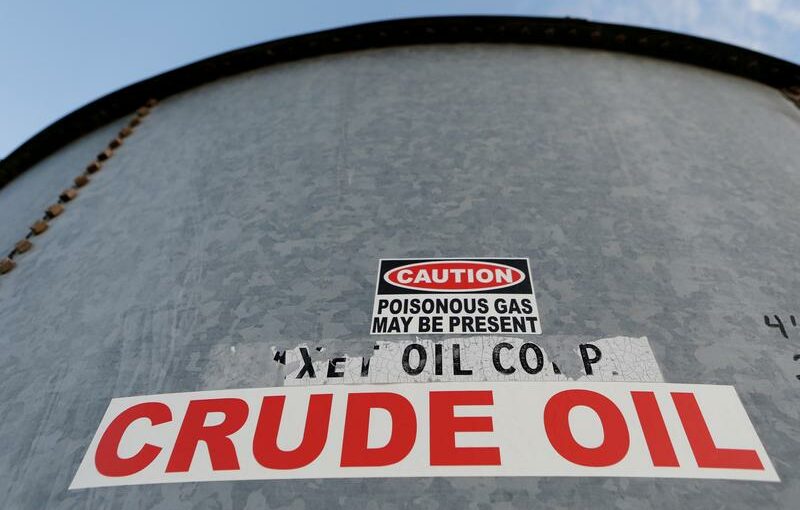NEW YORK (Reuters) -Strong economic data from China and the United States helped lift oil prices by 1% on Tuesday, recouping some of the previous session’s losses.
Brent rose 59 cents, or 1%, to settle at $62.74 a barrel. U.S. West Texas Intermediate (WTI) crude rose 68 cents, or 1.2%, to settle at $59.33 a barrel.
Prices were buoyed as data showed U.S. services activity touched a record high in March. China’s service sector also gathered steam with the sharpest increase in sales in three months. [nL1N2LY0UV]
In addition, England is set to ease more coronavirus restrictions on April 12, allowing businesses including all shops, gyms, hair salons and outdoor hospitality venues to reopen.
The market is recovering from steep losses on Monday, when both oil benchmarks fell by about $3 because of increasing OPEC+ oil supply and rising COVID-19 infections in India and parts of Europe.
The Organization of the Petroleum Exporting Countries (OPEC) and allies, known as OPEC+, agreed last week to return 350,000 barrels per day (bpd) of supply in May, another 350,000 bpd in June and a further 400,000 bpd or so in July.
“Although OPEC+ went against what most market participants and its own research team thought, raising its oil output significantly over the next three months, the market is now signalling that it is OK with it and is ready to benefit from the lack of uncertainty that a month-to-month update would have brought,” said Louise Dickson, Rystad Energy’s oil markets analyst.
Coronavirus-related deaths worldwide crossed 3 million on Tuesday, according to a Reuters tally, as the global resurgence of infections challenges vaccination efforts around the globe.
New restrictions in Europe also weighed on prices.
“This will likely raise concerns over demand, given that, at the moment, a large part of the constructive outlook for the oil market is based on the assumption that we see a strong demand recovery over the second half of this year,” ING analyst Warren Patterson said.
In the United States, oil production is expected to fall by 270,000 bpd in 2021 to 11.04 million bpd, the U.S. Energy Information Administration (EIA) said, a steeper decline than its previous monthly forecast for a drop of 160,000 bpd.
Weekly industry data on U.S. oil inventories was due to on Tuesday at 4:30 p.m. EDT (2030 GMT). Crude and gasoline inventories were expected to have dropped last week. [EIA/S]
U.S. and Iranian officials were due to begin indirect talks in Vienna on Tuesday to revive the 2015 nuclear deal between Tehran and world powers, which could lead to Washington lifting sanctions on Iran’s energy sector.
Goldman Sachs said any potential recovery in Iranian oil exports would not be a shock to the market, and full recovery would not occur until summer 2022.
Meanwhile, tensions between Saudi Arabia and India simmered. Indian state refiners plan to buy 36% less oil from Saudi Arabia in May than normal, three sources said.
Source: Read Full Article
